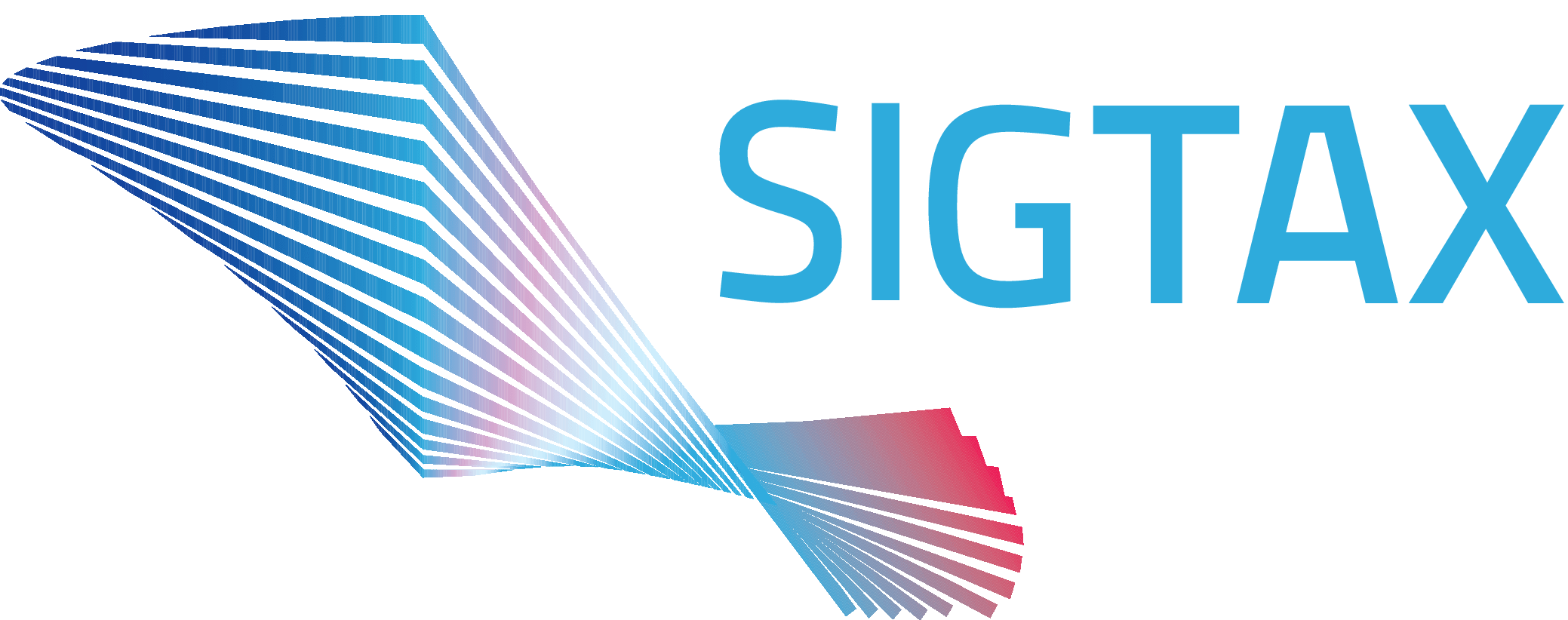Once you’ve completed the first steps of establishing a business in Switzerland, it's important to set up all the necessary procedures for the main ongoing administrative tasks as required by the Swiss legislation. For most of them, it is recommended to acquire the services of professionals in this field, but as a business owner, you should also know what it takes to effectively run a business in Switzerland.
1. Pay social insurance taxes
Any business that has employees, including private persons must pay social insurance taxes. These are administrated by compensation funds. The rates vary depending on the Swiss canton, but it’s approximately 15% of the salary for each employee. However, for independent employers, the rates are lower.
The social insurance taxes cover many types of contributions, such as contributions to the basic old-age pension, contributions for invalidity insurance, unemployment insurance, and income compensation. However, businesses only have to make collective recurring payments that are calculated as a percentage of all salaries. The entire amount is paid by the employer and the employee; the share of the employee being deducted from the salary. Around 6% of the total 15% rate is deducted from salary payments.
Payments are usually made on monthly basis, although smaller businesses make their payments quarterly. Every time changes are made to the salary of an employee, the compensation fund must be notified, so the tax rate is also modified.
When the calendar year is over, after 31 December, a final statement of all salaries paid throughout the year, must be sent to the compensation fund. Overpayments, underpayments, and interests are calculated and processed.
2. Pensions in Switzerland
All Swiss employers must make contributions to a second pillar pension fund for their employees, once they gain a certain amount. Part of these payments is deducted from the salary and the rest is paid by the employer.
Second pillar pensions are managed by private funds that are required to follow very strict rules. To make payment to a certain pension fund, a company must first apply and be accepted. The obligation to make payment to the second pillar pension fund comes into play when an employee makes more than 21,150 CHF per year. The minimum payments are calculated based on the earnings and the age of the employee.
3. Salaries
In addition to the salaries which are usually paid on monthly basis, any salary deductions must also be calculated and processed. Social insurance taxes and pensions are deducted from the salary.
For some employees, it is necessary to deduct an income tax from the salary and make payments directly to the tax administration. This is the case of cross-border employees and foreign employees that don’t have a C-permit.
4. Other types of insurances
The most common type of insurance is the accident insurance for employees. In Switzerland, employers must make payments to the compulsory accident insurance. This type of insurance covers work-related accidents and illnesses, as well as accidents outside of the workplace unless the employee works less than 8 hours a week. The accident insurance is offered by most private insurance companies and it costs approximately 2% of the total salaries. Payments are usually made in advance quarterly or annually.
5. VAT
The value-added tax is administered by the Federal Tax Administration. All businesses that expect to generate more than 100,000 CHF turnover per year must register for VAT purposes. VAT returns are usually filed quarterly, but in some cases, they can also be files every six months or monthly.
Most Swiss companies calculate the VAT by adding all the amounts charged on their invoices and then subtracting all the amounts paid. Some companies can also apply to pay a fixed percentage of their revenue for VAT purposes. The flat VAT percentage can vary from 0.1% to 6.5%. Only companies can apply for the flat VAT rate, depending on their revenue and amount of VAT charged.
6. Accounting records
Any type of business is required to maintain accounting records and to calculate its profits, losses, and value each year. However, for these processes, it is highly recommended to acquire the services of professional accountants in Switzerland, especially if the company doesn’t have its own accounting department.
7. Corporate taxation
Companies, just like individual persons, pay tax on the federal, cantonal and communal level. While de federal tax is the same everywhere in the country, the cantonal and communal tax varies depending on the tax rates established by each canton.
For companies, the federal tax rate is 7.8% before tax and 8.5% on profit after tax. After adding the cantonal and the communal taxes, the overall corporate tax rate varies from 12% to 24%. Whenever a company is registered, the information is automatically sent to the relevant cantonal tax office.
A business is required to produce accounts that must include a balance sheet, a profit and loss statement, and notes. These documents must be prepared annually and are used to file for tax returns. In most cantons, businesses have up to six months from the end of the year to file their tax returns.
Companies that pay dividends must declare them to the Federal Tax Administration and pay a withholding tax of 35% within 30 days of dividend approval. Shareholders can obtain credit for a large part of these payments in their personal tax returns.
8. Audits
Companies that have less than 10 employees are not required to undertake audits if all the shareholders agree on this. Companies that have more than 10 full-time employees must undertake at least one limited audit each year. Finally, companies that have more than 250 full-time employees may be required to undertake ordinary audits, which are done by certified independent auditors.
For more information regarding corporate services in Switzerland or to request a quotation, feel free to contact us.


Add new comment